How to Use Google Tag Manager for Email Marketing
How to Use Google Tag Manager for Email Marketing

It’s fair to say that email marketing has been one of the most powerful growth channels for many businesses for a while now. It’s a way of keeping in touch with customers before and after they have made a purchase and with the right tactics, it can be incredibly lucrative.
With a mailing list, you can build brand loyalty, and potentially gain new customers through referral programs. This makes email marketing an easy way to grow your business.
But in today’s modern world, how relevant is email marketing really? In recent years, we’ve seen the rise of social media, and how it has given businesses countless ways of reaching customers directly. The fact is, even after all this time, email marketing is still relevant. In fact, there are 333 billion emails sent every day.
But this doesn’t mean that your email marketing strategy should remain static. The tactics you use today, shouldn’t be the same as those used 10 years ago. Technology has evolved, and so should your approach to email marketing. But to catch up with the times, you need the right information to help you improve your email marketing.
This is where Google Tag Manager (GTM) comes in. This is an incredibly useful tool that can give you deeper insights into your email marketing performance. At this point, you might be wondering ‘what is GTM?’. Well, let's find out.
What is Google Tag Manager?
To properly understand Google Tag Manager, you first need to know what a ‘tag’ is. It’s a term that you’ll hear a lot in online business, especially in relation to data collection. Essentially, a tag is a snippet of code found on your website.
On a typical website, you’ll find images, buttons, and other interactive elements. This is all powered by code. Within this code are tags, which have certain triggers to be activated. Tags are varied and serve different purposes. Below are some examples of them in action:
- To send tracking information to Google Analytics
- To send data to Facebook Ads
- To enable custom scripts on a website
- To allow tracking in AdWords
Google Tag Manager was built as a simple and reliable way of managing tags on your website. In practical terms, it’s one of the most useful ways of learning about how your users interact with your website. As we’ve shown, there is a whole range of tracking tools that can be used with GTM. This means that you can track very specific areas of your website.
Let’s imagine you’re running a Facebook campaign with the aim of getting more users to sign up for your website. By integrating your Facebook profile with GTM, you can gain detailed information about how people are behaving with your business after clicking on your ad.
For example, you can see how users are behaving during account creation. If the form is successful, people will be submiting their details and making a purchase. But you might also find that some users are struggling to complete this stage. Perhaps a button is difficult to interact with, or it's unclear which part of the page a user needs to click to proceed.
With GTM, you can track user behavior down to individual interactions. You can then use this information to make improvements to specific landing pages and your overall website. You can also use GTM tools to optimize your use of Google Tag Manager and get more out of your website data.
How can GTM help with email marketing?
To succeed in email marketing, you first need a mailing list. But collecting email addresses is easier said than done. If you’re to properly grow your mailing list, you first need to design your website in a way that persuades users to share their email addresses with you.
Many websites use a system called ‘mailto’ links. When a user clicks a mailto link, it opens a window to their email account, with a business’s contact details already inputted. This gave users an easy way of contacting your business.
When wanting to track your email marketing efforts, mailto links are a useful resource, especially if you are using an organization that has links to multiple email addresses. By tracking mailto links, you can find out which email address is the most popular. You can use this information to help improve your overall email marketing strategy.
Unfortunately, tracking mailto links hasn’t always been that easy. Google Analytics didn’t provide any information about these links. This meant that website owners had to jump through hoops, using special software to get the information they needed. Luckily, that difficulty is now firmly in the past.
With GTM, you can use tagging to find out how people are interacting with your mailto links.
How do you set up GTM?
Before you can start tracking your mailto links, you’ll need to create a GTM account. Doing so is a simple process, although if dealing with web applications isn’t your full-time job, you may need the help of a professional in later stages. Let’s look at the different steps involved.
Step 1
Let’s start by heading to Google Tag Manager. Now choose the blue rectangle labeled ‘Start for Free’. From here, you’ll need to sign in to your Google account (or create one).

Step 2
You’ll now be brought to a screen asking you to create an account with GTM. Click the blue rectangle titled ‘Create Account’.

Step 3
You should now find yourself on a sign-up page. There will be multiple options to fill out here. Let’s go through each of the elements on the page.
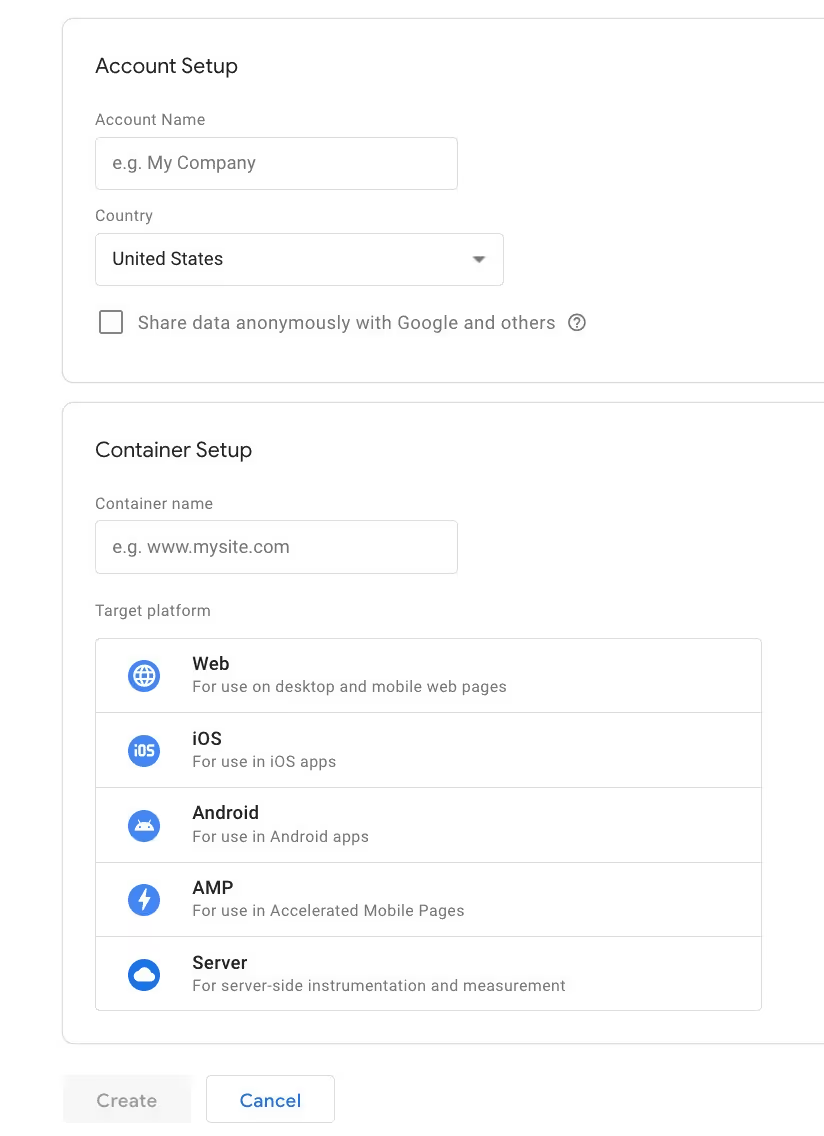
- Account Name – You can choose whatever name you would like here. You might choose to go with the name of your business, or if you’re working for a client, their name. Whatever you choose, go with an option that is easily identifiable.
- Country – Choose the country that you are working from.
- Container Setup – Do you have multiple websites that you want to track? Containers ensure that you don’t have to create a new account for each website (although you can choose to have multiple websites within one container). If you are running multiple websites, a Wildcard SSL Certificate might come in handy.
Start by choosing a container name, again making sure that this is easily identifiable. Now choose the destination for your container. One of the most useful aspects of GTM is its diversity. It isn’t just designed for tracking websites; it can also be used for tracking applications. For this example, we’ll be choosing the ‘web’ destination.
Once you’ve finished filling out the page, choose ‘Create’.
Step 4

Now that your GTM account is set up, you'll be given a tracking code to add to your website. This is one of the trickier parts of setting up GTM. You’ll need access to an admin control panel. You’ll then need to paste it into the code for your entire site.
If you already have experience in managing websites, this shouldn’t be difficult. If not, it’s a good idea to contact a professional. Any mistakes made during this stage will mean that GTM won’t work as it should. A Google Tag Manager agency can give you the help you need.
GTM code is made up of two parts, which load asynchronously. You’ll want to place the first part of the code in the page header, close to the <head> tag. The higher the position of the code, the quicker it will load.

The second half of the code allows you to track users that have Javascript disabled. This part of the code must be placed immediately after the <body> tag.

If all code has been placed correctly, you will have successfully installed GTM on your site.
Of course, GTM on its own is less effective. The best thing you can do is to link GTM with Google Analytics.
How to set up GTM easier with a plugin
Most people, instead of placing the code manually as shown above, install a plugin to speed the process up and avoid errors.
For WordPress users you can do this using GTM4WP. If you’re not using WP, you will have to look for a GTM plugin. There will be one somewhere.
In this scenario, all you need is your GTM ID. Which is shown in the code supplied by GTM.
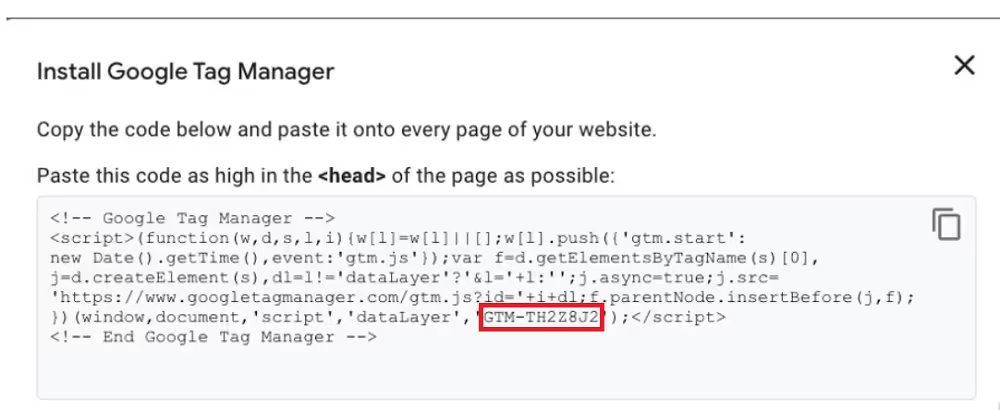
And then you need to go to the configuration settings for the plugin and simply enter the GTM ID. Then you should be all connected.
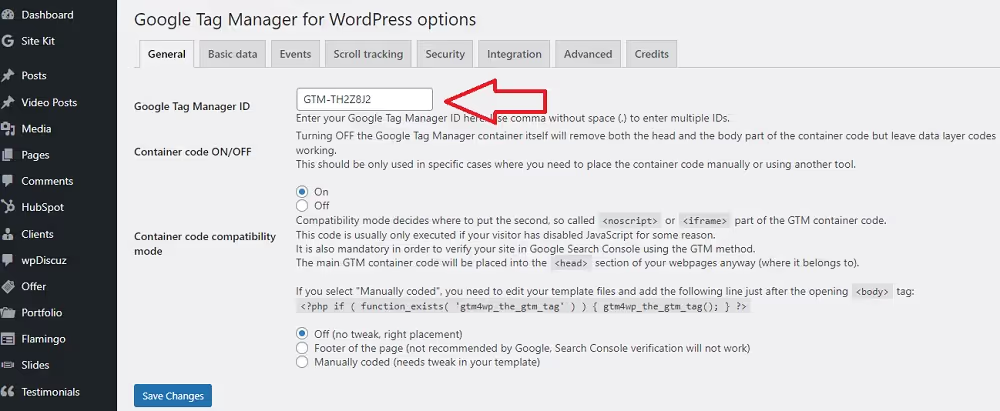
What is Google Analytics?
Google Analytics (GA) is a tool designed to show you information about web traffic on your website. Where GTM tells us about specific interactions, such as clicks of a button, Google Analytics gives us a broader overview of our website. This ranges from basic information about the number of users on our site to detailed reports about user interests, demographics, and more.
Tracking email link clicks
To send GTM information to GA, you’ll need a GA account. Setting this up is easy, and Google has compiled a handy step-by-step guide to help you.
Once you’ve taken the time to set up your GA account, you can link it with your GTM profile. Again, Google has created a useful guide to help with this.
If you’ve done all that, you can now begin tracking email link clicks. Let’s go through each step.
Step 1
We now need to create a trigger. When the correct conditions are met, a trigger activates a tag.
From the GTM dashboard, select ‘Triggers’ and then choose ‘New’.

Step 2
Now choose ‘Trigger Configuration’.

Step 3
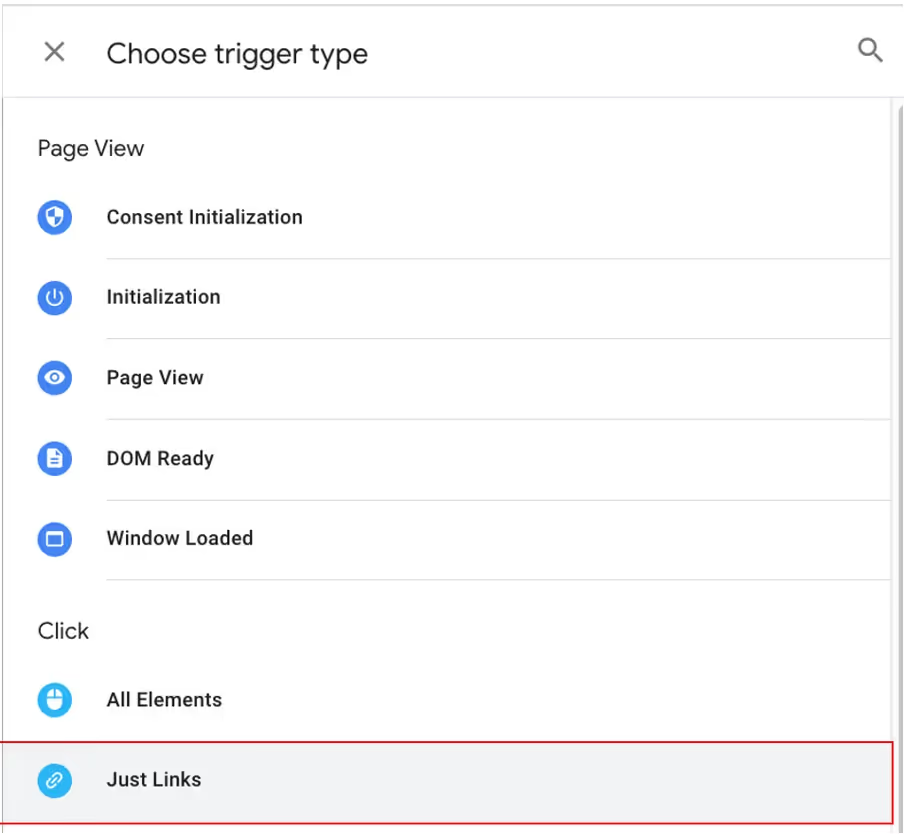
You’ll be presented with a variety of options for your trigger. Because we are tracking link clicks, you should choose ‘Just Links’. With this option selected, you should select ‘Save’ and then choose a name for your trigger. Go with an option that is memorable and will make it easy to identify.
Step 4

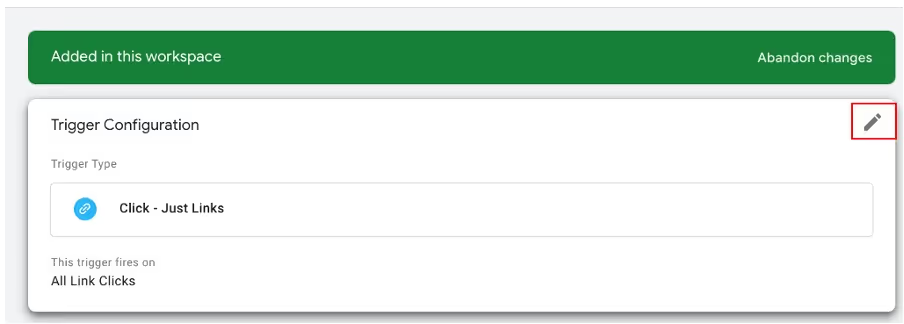
Your trigger is almost set up. There are just a few last tweaks you’ll need to make. Select your recently created trigger from the list and then choose the pencil icon.
Step 5
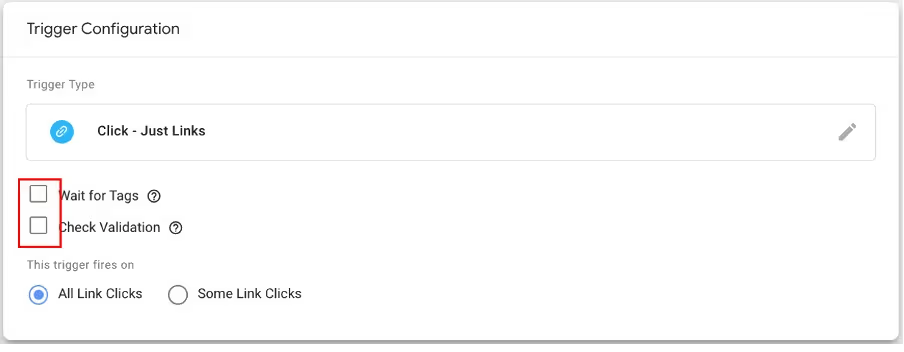
From the ‘Trigger Configuration’ screen, select the two boxes titled ‘Wait for Tags’ and ‘Check Validation’. This will produce some new options for you.
The first option, ‘Wait for Tags’, denotes how long you want to wait before a tag fires. Let’s leave the default option of 2,000 milliseconds.

The selections for the second option, ‘Check Validation’ will vary depending on the position of your email link. If it’s found on a specific page, you’ll need to select it from the list. We’ll assume that your link is found on all pages. In the first box choose ‘Page URL’, in the second ‘Matches RegEx, and in the third enter ‘.*’.

Now, returning to the GTM dashboard, select ‘Tags’ from the toolbar on the left.
Step 6

You’ll be brought to a new page listing all the tags that you have created. If this is your first tag, the page will be empty. Choose the blue rectangle titled ‘New’.
Step 7
You will now see the tag configuration screen. You’ll get two options, and choose tag configuration.
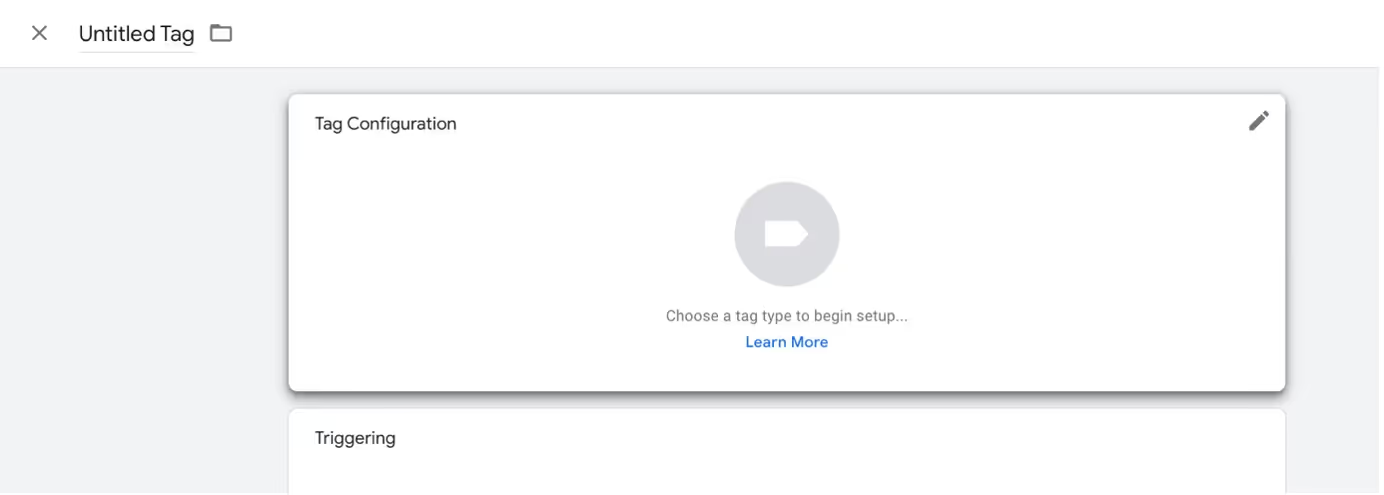
Step 8
You’ll now be given an option of various tags that can go on your website. This ranges from Google Analytics to Google Ads. For now, choose ‘Google Analytics: Universal Analytics’. At a later stage, you will also want to link with GA4, the latest version of Google Analytics.
Step 9
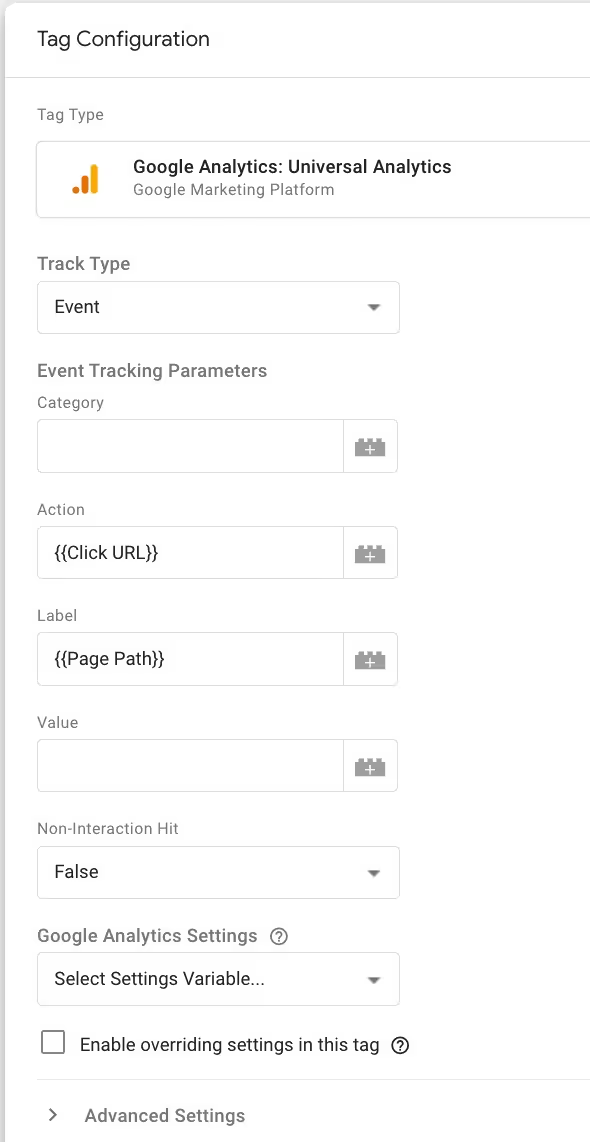
You will have a list of options for configuring your tag. In the first box ‘Track Type’, choose ‘Event’. Then, in ‘Category’ enter ‘Mailto Link’. In ‘Action’ enter ‘{{Click URL}}’, and in ‘Label’ type ‘{{Page Path}}’. Leave the remaining options blank.
Step 10

Now, scroll down to the ‘Triggering’ section, and choose your recently created trigger.
Step 11
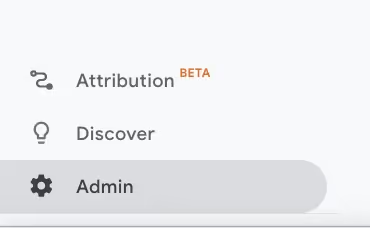

Now, we need to head over to Google Analytics. Choose ‘Admin’ from the toolbar on the right. You’ll be brought to a page displaying three different columns. Choose ‘Goals’ from the third column.
Step 12
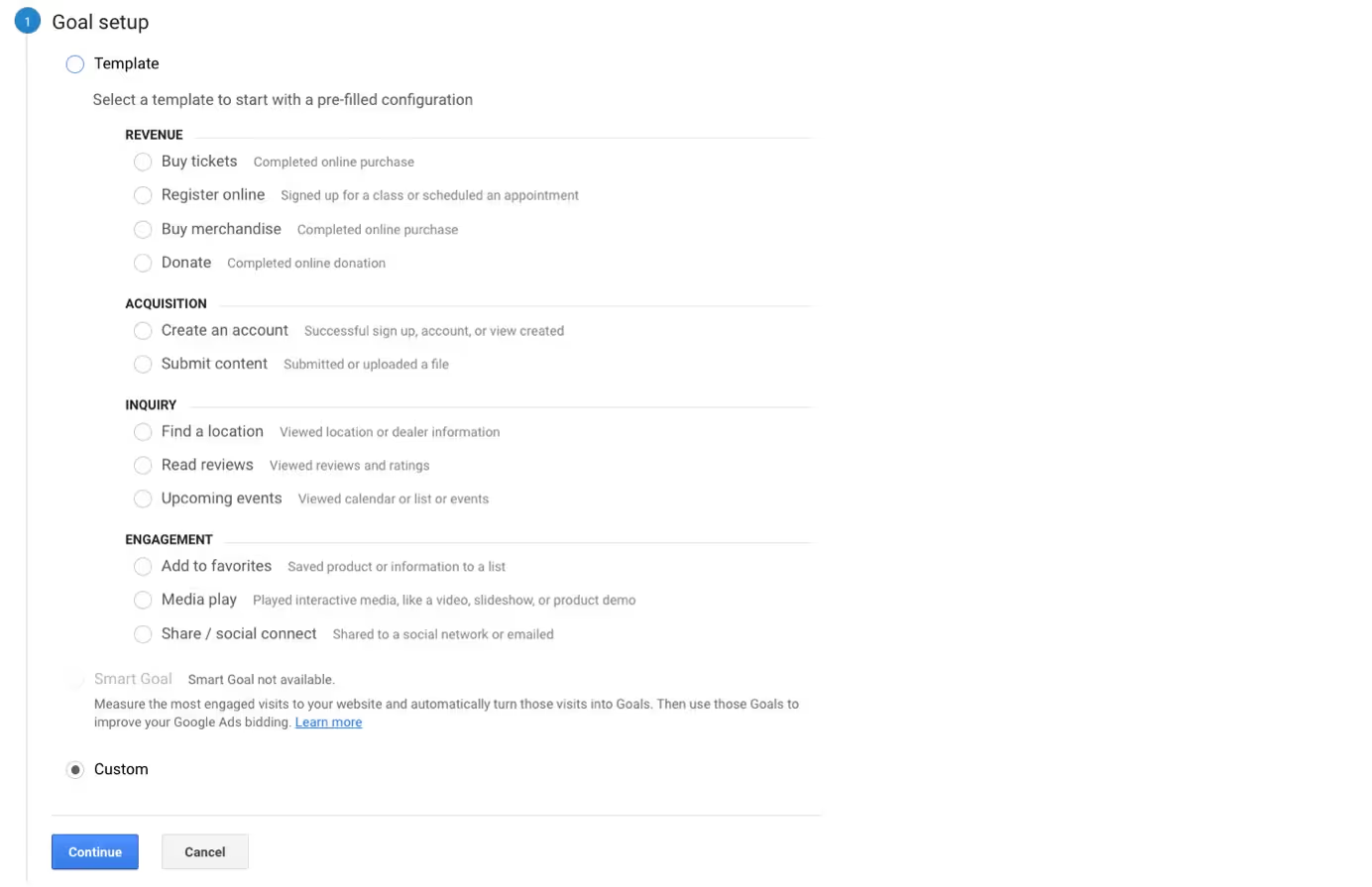
Now choose the red rectangle titled ‘New Goal’. This will bring you to the goal creation screen. The featurethis will enable you to track email link clicks in Google Analytics. Choose ‘Custom Goal’ and then click on ‘Continue’.
Step 13
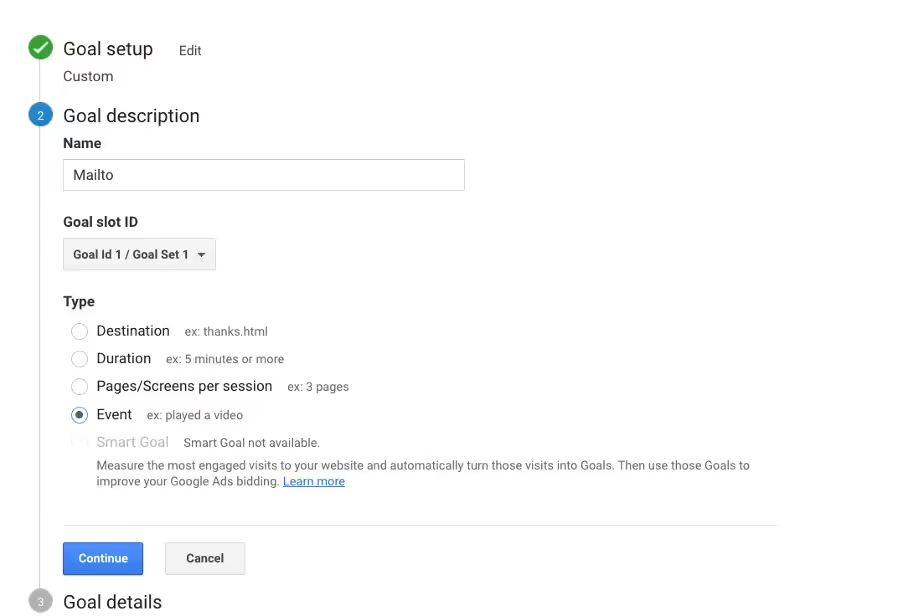
You now need to name your goal. As usual, choose a name that will be easy to remember. In ‘type’ choose ‘Event’. Now, hit ‘Continue’.
Step 14
Finally, you reach the ‘Details’ screen. This needs to correspond with the information you input to Google Tag Manager. For ‘Category’, enter ‘Mailto Link’, for ‘Action’ enter ‘{{Click URL}}’, and for ‘Value’ ‘‘{{Page Path}}’. Now, choose ‘Save’.
Congratulations! You have successfully set up email link tracking in GA and GTM. You can use this information to perfect your wider email marketing strategy. You might also consider using automated email marketing software to ensure smooth and frequent handling of emails.
Get to work!
And there you have it. You’ll now be getting insights into the number of people clicking on your email links. With this information, you can get to work improving your email marketing and encouraging more people to join your mailing list.
Of course, why stop there? Google Tag Manager has endless potential for giving you deeper insights into how people use your website. Much of this information can be used to improve your digital marketing. So, start playing around with the tool and see which areas of your website that you can learn from!
Take the faster path to growth. Get Smith.ai today.
Key Areas to Explore
Technical Implementation Terms
Voice user interface (VUl) design
Speech recognition integration
Text-to-speech optimization
API connectivity and webhooks
Real-time data synchronization

Your submission has been received!














.svg)



